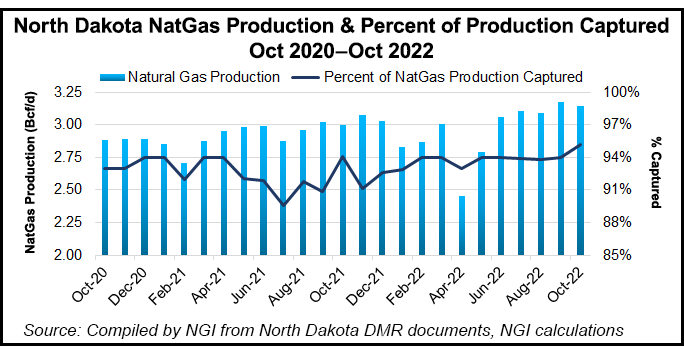E&P | Bakken Shale | NGI All News Access | NGI The Weekly Gas Market Report | Oil
Winter Storm, Sub-Zero Temperatures Hammer North Dakota Oil, Natural Gas Production
© 2024 Natural Gas Intelligence. All rights reserved.
ISSN © 2577-9877 | ISSN © 1532-1266 | ISSN © 2158-8023 |



